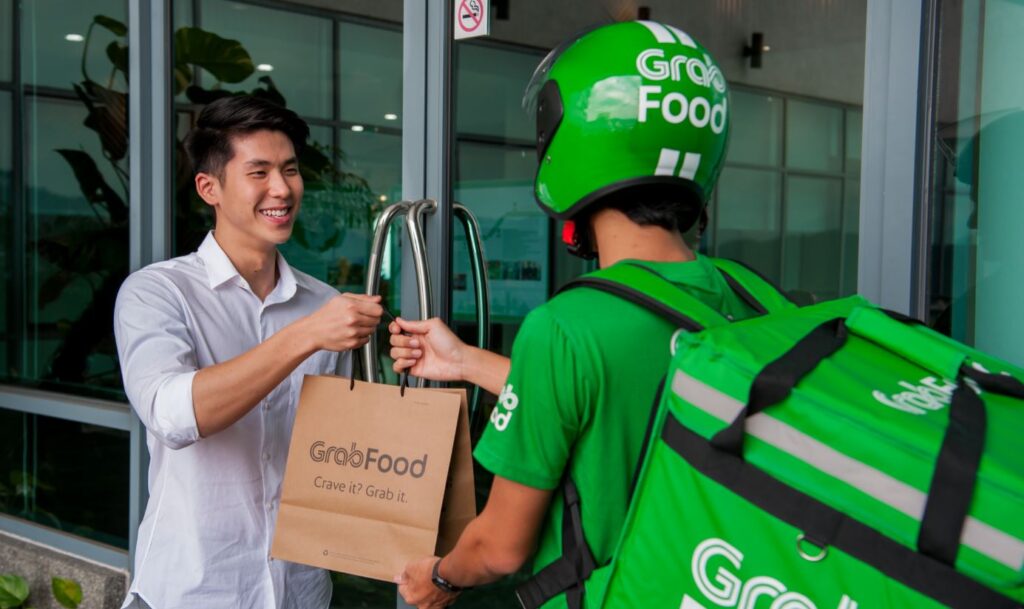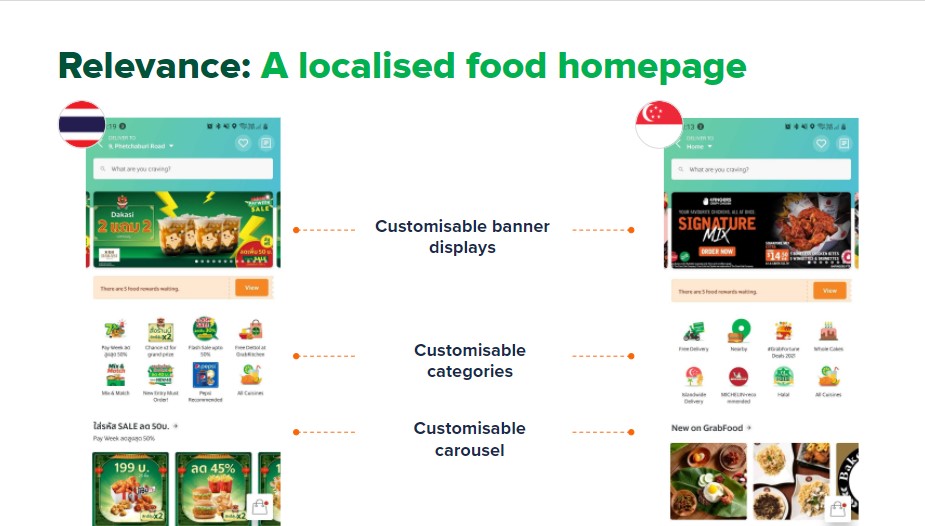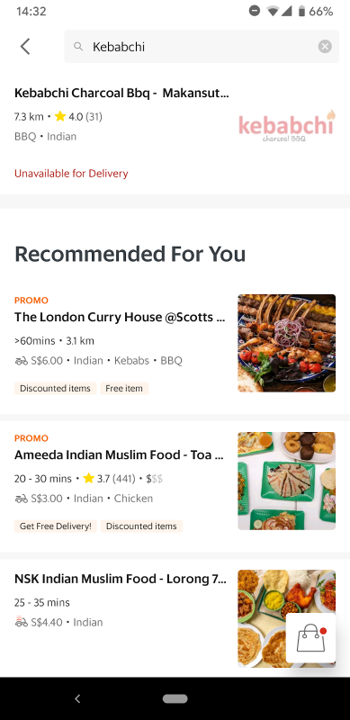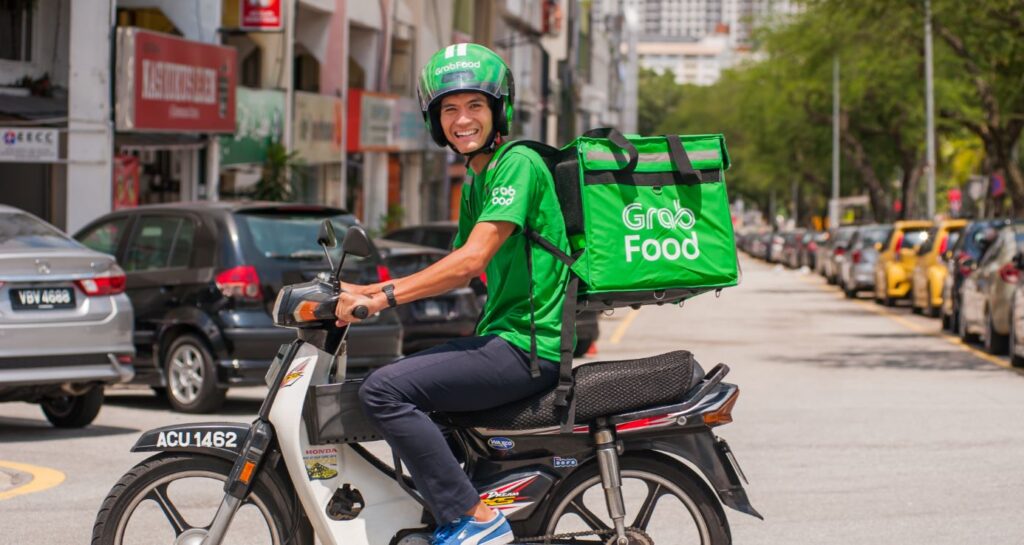
Here’s how GrabFood deliveries makes ordering your next meal better
For those of us stuck at home during the pandemic, food delivery services have been a lifesaver especially for the culinarily challenged. In an in depth briefing, Xiaole Kuang, Head of Engineering, Deliveries, Grab shared more about how their GrabFood delivery service was optimised to meet the needs of customers across their various markets in Southeast Asia.
Relevant and Personalised Results
Table of Contents
According to Xiaole, each market has rather different browsing behaviour when looking through GrabFood.
To cater to that, each country team is able to customise their sections on the GrabFood home page to show localised content and more relevant food choices based on local consumer consumer trends.
If a particular restaurant that a user is looking for is unavailable, the app leverages machine learning to find other merchants offering something similar based on keyword similarities.
Under the hood, the GrabFood app offers recommendations using a tiered series of factors that include merchant popularity, estimated time of arrival of your food, availability of drivers for delivery in the area and more personalised criteria such as past browsing and ordering history for a customer so that restaurants that a user prefers are listed first in their search order.

This in depth personalisation also happens in real time as users can also see recommended restaurants once they search for something.
An example is if a user is looking for fast food restaurants. Additional similar options also pop up in the app to offer users more choices. All this ultimately means that GrabFood users get more of what they want, when they want it.

Multiple ordering options for merchant operations
On the front end, GrabFood customers can currently enjoy 5 different means of ordering food – delivery on-demand, self pick-up, scheduled delivery, a group order and mix-and match.

On the back-end, Grab has developed an order platform that integrates 10 connected systems so that a merchant can see a bird’s eye view of all incoming orders regardless of order type, update their menu and other pertinent online store data as needed and also offer tighter integration with a merchant’s own Point of Sale systems to minimise potential key-in errors.
On-time Preparation and Driver Availability Updates
Xiaole shared a couple of interesting behavioural quirks common to certain regions with merchants on the GrabFood app. For example, many restaurants in Indonesia will only prepare their orders when they see a driver assigned for pickup which leads to wasted time.

To address this, the GrabFood app offers food preparation time estimates to minimise wait times for pick-up drivers and customers alike. When demand is increased in a given area, say for the dinner rush, the GrabFood app is able to gradually reduce the delivery radius of a restaurant to allow them and drivers to improve order completion rates and until more drivers are available in the area.
So the next time you whip out your phone to order something on GrabFood, give a thought to just how much effort goes into planning and creating a system of hardware, merchants and drivers that lets you effortlessly order a piping hot meal and have it delivered to your doorstep on demand.

